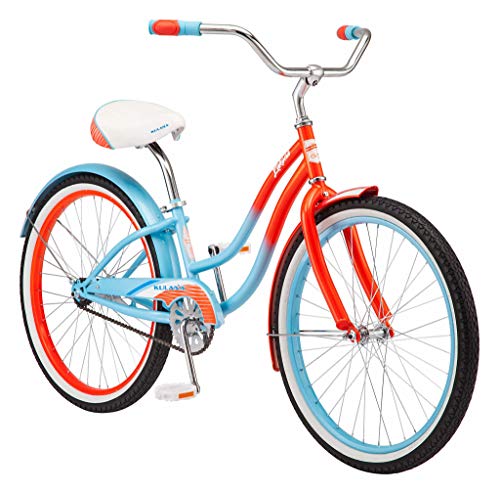I've built dozens and dozens of wheels and never had my trusty spoke length calculator steer me wrong, but I recently tried lacing up a Bendix Aviation manual 2-speed hub to a Sun Ringle CR-18 (ISO 590) rim. For a 3x lacing pattern the calculator recommended me 275.4mm spokes, which I ordered, laced up, and found that I ran out of threading on the spokes before I even got any tension on the spokes. So I tried another spoke length calculator that re-affirmed the results of the first one. I then tried two other (more detailed) calculators which recommended 271.7mm spokes. I took the spokes down to the LBS, had them cut them (and rethread them) down to size, and I'm able to get some tension on there, but they're still at least a couple mm too long.
Now, I know how to measure a hub/rim; I am not concerned that that is the issue here. What I am wondering is this - the Bendix manual 2 speed hub has a HUGE flange, bigger in diameter than anything I've laced up before. I believe I've heard that large flange hubs should be laced 2x. I've always laced 3x for strong wheels. Could the hub's large flange diameter (79.3mm I measured) be causing the errors in the spoke length calculator? Is there any way to remedy this? Should I just scrap the idea of going 3x altogether? And would there be any significant loss in wheel strength by going 2x?
Thanks!
Now, I know how to measure a hub/rim; I am not concerned that that is the issue here. What I am wondering is this - the Bendix manual 2 speed hub has a HUGE flange, bigger in diameter than anything I've laced up before. I believe I've heard that large flange hubs should be laced 2x. I've always laced 3x for strong wheels. Could the hub's large flange diameter (79.3mm I measured) be causing the errors in the spoke length calculator? Is there any way to remedy this? Should I just scrap the idea of going 3x altogether? And would there be any significant loss in wheel strength by going 2x?
Thanks!




















































